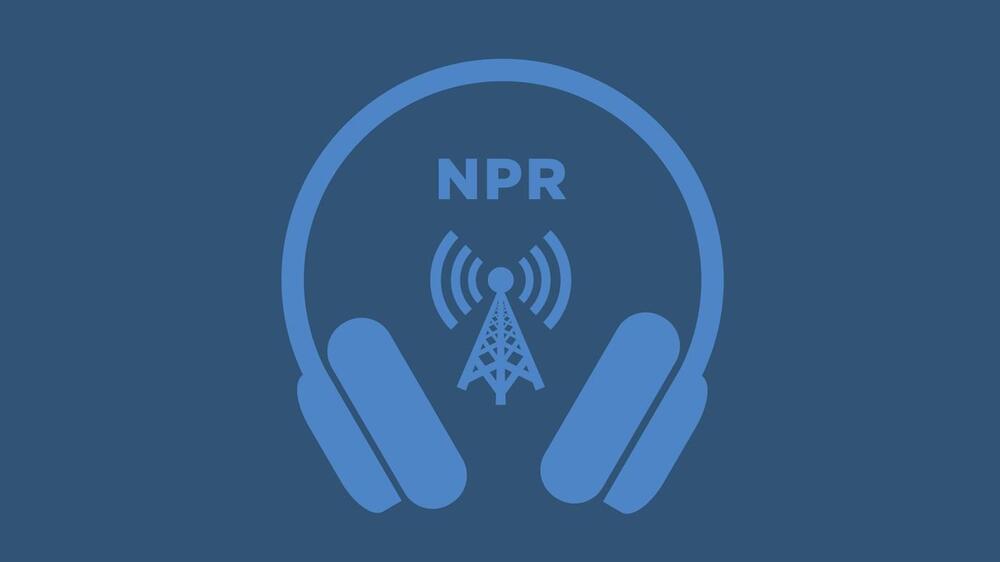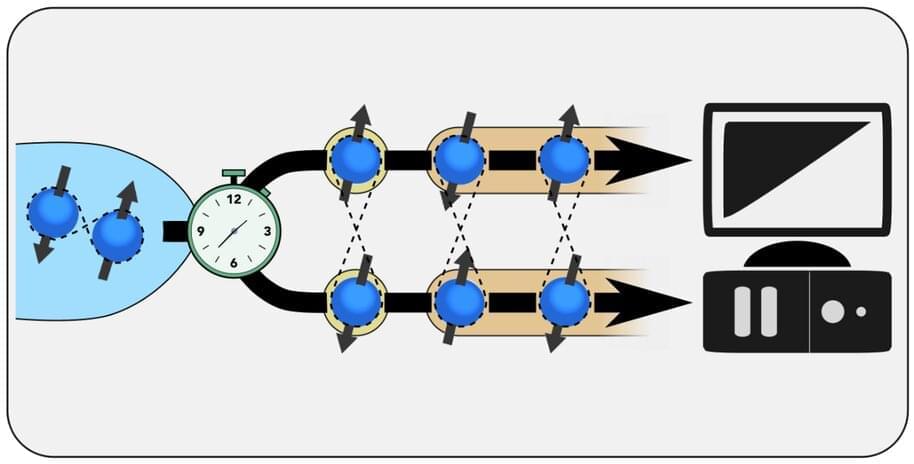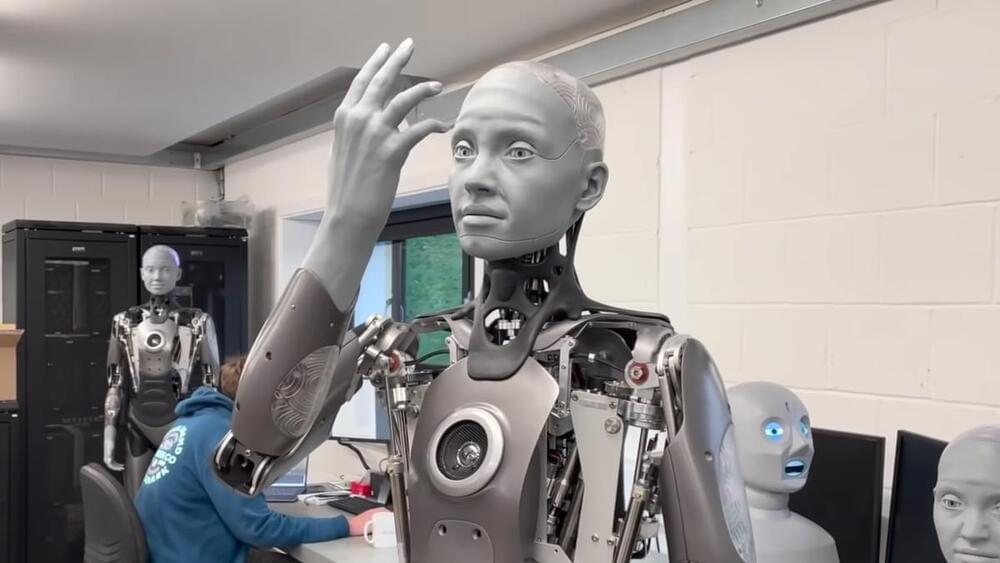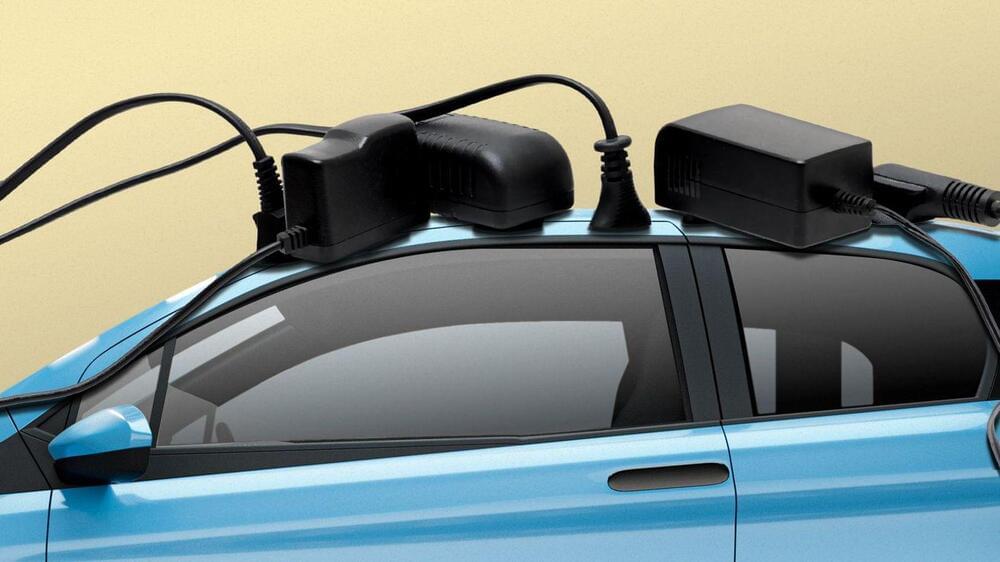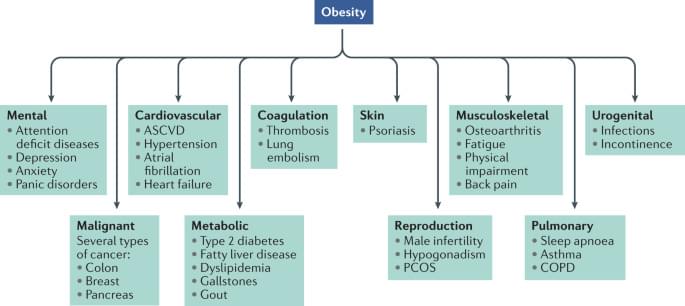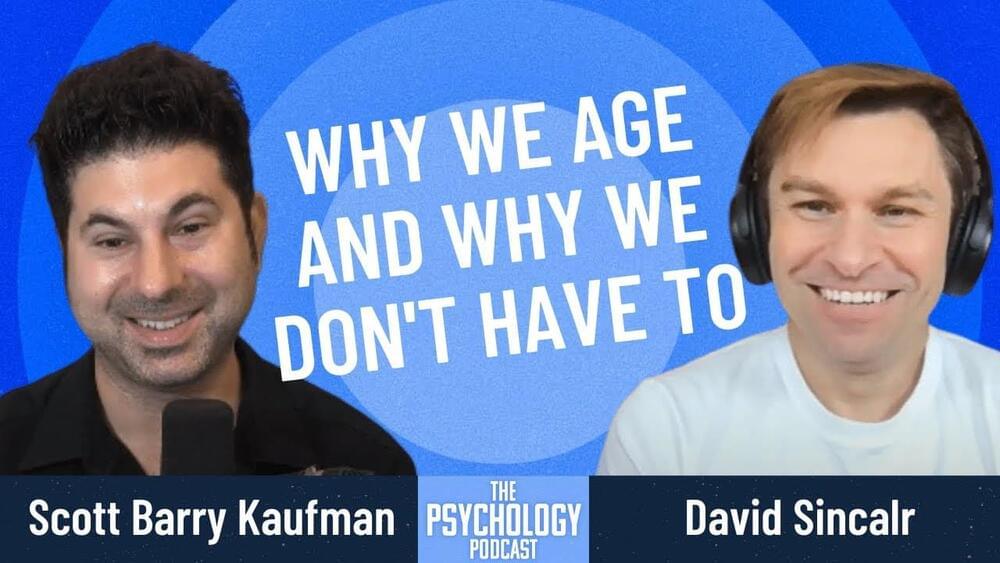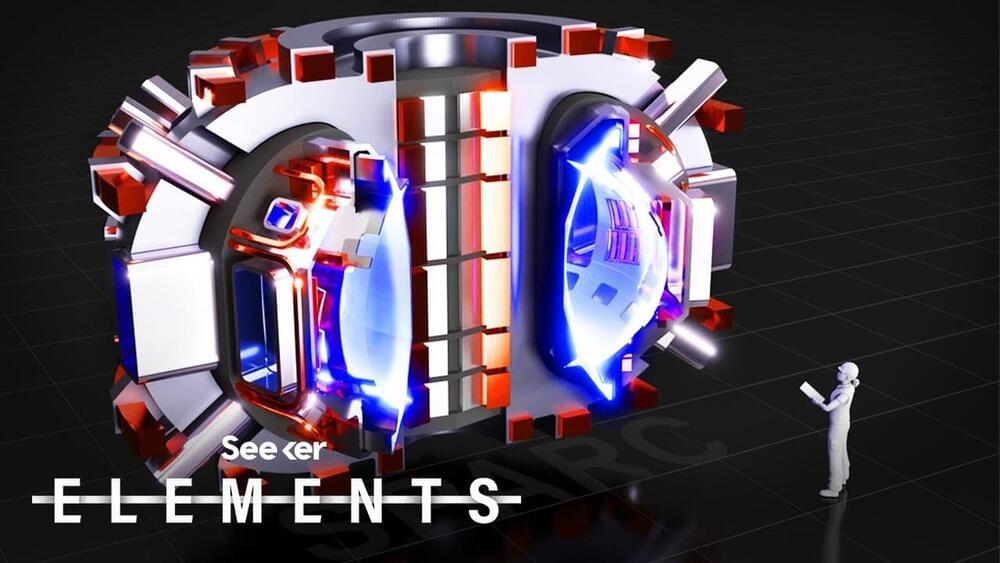Researchers at Microsoft have developed a faster way to write data into DNA — a biological alternative to the bits on a hard drive.
Quantum computer and many other quantum technologies rely on the generation of quantum-entangled pairs of electrons. However, the systems developed so far typically produce a noisy and random flow of entangled electrons, which hinders synchronized operations on the entangled particles. Now, researchers from Aalto University in Finland propose a way to produce a regular flow of spin-entangled electrons.
Their solution is based on a dynamically driven Cooper pair splitter. In a Cooper pair splitter, two quantum dots near a superconductor are used to generate and separate a pair of entangled electrons known as a Cooper pair. When the Cooper pair splitter is driven with a static voltage, the result is a random and noisy process.
A theoretical analysis by the Aalto team showed that driving the system dynamically with external gate voltages makes it possible to control the timing of the splitting process. As a result, exactly one pair of entangled electrons can be extracted during each splitting cycle, leading to a completely noiseless and regular flow of spin-entangled electrons.
Records continue to tumble in South Australia, with solar reaching 110 pct of local demand, and wind and solar meeting an average 100pct of demand over 93 hours.
The records for wind and solar output and market share keep falling. On Monday, we reported how wind and solar peaked at a record share of 135 per cent of South Australia state demand on Saturday, and averaged more than 100 per cent of local demand over a 72 hour period.
It turns out we only just scratched the surface of the new records being posted in that state and elsewhere in Australia’s main grid over the last few days.
Solar alone delivered 110.6 per cent of South Australia’s state demand at 11.10 AEST on Sunday, smashing the previous record of 104.8 per cent set in early October, and also posted a record output of 1304.7MW at 13.00 AEST on the same day.
However, the $799 product can still run PC games, thanks to the integrated graphics on the CPU.
Face is pretty impressive, and not CGI as far as i know. The BIG challenge in robotics remains building robotic hands that can match human level hands.
Ameca, a new humanoid robot from a company in the UK, has taken the internet by storm with its ultra-realistic movements and expressions.
Car owners can save hundreds of dollars by letting utilities decide when to charge their car.
The development of therapies that are capable of safely achieving sizeable and sustained body weight loss has proved tremendously challenging. Here, Müller et al. provide an overview of the history of anti-obesity drug development, focusing on lessons learned, ongoing challenges and recent advances in the field.
In this episode, I talk to world-renowned biologist David Sinclair about aging and longevity. David rejects the notion that the deterioration of health is a natural part of growing old and asserts that aging is a disease itself that we need to reverse. But how will a reset of our biological clocks affect our interactions, responses to adversity, morality, and how we live our lives? We discuss the ethical implications of limitless lifespans and also touch on the topics of death, evolution, genetics, medicine, and data tracking.
Bio.
Dr. David Sinclair is a professor in the department of genetics and co-director of the Paul F. Glenn Center for Biology of Aging Research at Harvard Medical School and co-founder of the scientific journal Aging. He is best known for his work on understanding why we age and how to slow its effects. In addition to being a co-founder of several biotechnology companies, he’s the author of the book Lifespan: Why We Age – and Why We Don’t Have To. Dr. Sinclair was listed by TIME magazine as one of the “100 most influential people in the world”.
Website: sinclair.hms.harvard.edu.
Twitter: @davidasinclair.
Topics.
00:02:26 David’s “sticky beak” personality.
A silicon device that can change skin tissue into blood vessels and nerve cells has advanced from prototype to standardized fabrication, meaning it can now be made in a consistent, reproducible way. As reported in Nature Protocols, this work, developed by researchers at the Indiana University School of Medicine, takes the device one step closer to potential use as a treatment for people with a variety of health concerns.
The technology, called tissue nanotransfection, is a non-invasive nanochip device that can reprogram tissue function by applying a harmless electric spark to deliver specific genes in a fraction of a second. In laboratory studies, the device successfully converted skin tissue into blood vessels to repair a badly injured leg. The technology is currently being used to reprogram tissue for different kinds of therapies, such as repairing brain damage caused by stroke or preventing and reversing nerve damage caused by diabetes.
SPARC is aiming to be the first experimental device to achieve an energy-positive fusion reaction. New research suggests that this goal may soon be within reach.
» Subscribe to Seeker! http://bit.ly/subscribeseeker.
» Watch more Elements! http://bit.ly/ElementsPlaylist.
» Visit our shop at http://shop.seeker.com.
With construction slated to begin in spring 2021, the team predicts it could be built within 3 to 4 years from that. Their goal is to achieve a Q factor of at least 2, basically meaning SPARC will pump out twice the energy needed to power it.
Actually, by the calculations in their papers, SPARC could possibly achieve a Q ratio of 10! But the researchers are cautious about overpromising, and are just focused on achieving the lower figure.
It’s still impressive, considering any net gain would be a first for human created controlled fusion.
Assuming it gets built along that predicted 3–4 year timeline and actually gets flipped on, there’s still several steps between SPARC and limitless clean energy.
#sparc #climatechange #fusion #technology #physics.
We’ve Long Waited for Fusion. This Reactor May Finally Deliver It—Fast.
